.
O Spring, you’re such a tease,
Fickle as a good-time lover;
Temptingly, you hover
Warm against my cheek,
Windless, save a zephyr;
And oh so soft your whisper
Of promise, only to hide
Away again. I seek,
Not to find. Your breeze
Blows hot, then cold. Decide!
.
.
Cheryl Corey’s recent credits include the current issue of Iconoclast and www.grand-little-things.com. Other publications include Iambs & Trochees, Deronda, The NeoVictorian/Cochlea, The Comstock Review, Mobius, and Time of Singing. In 2007 she received 1st Place for the Dylan Thomas Award and Honorable Mention for the June Kraeft Memorial Award in The World Order of Narrative and Formalist Poets contest.



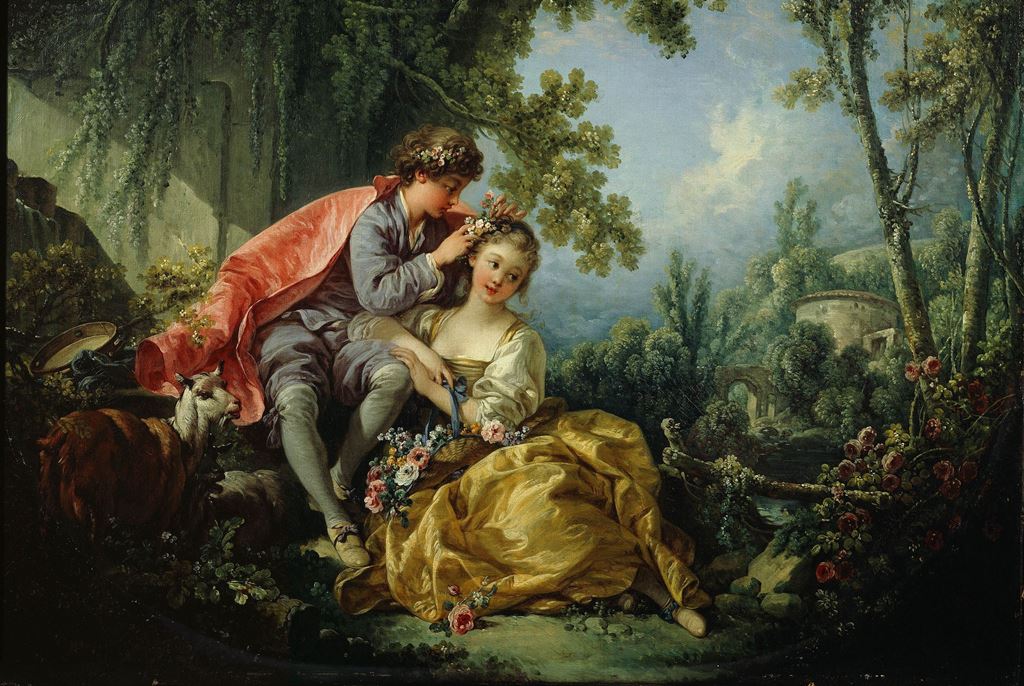
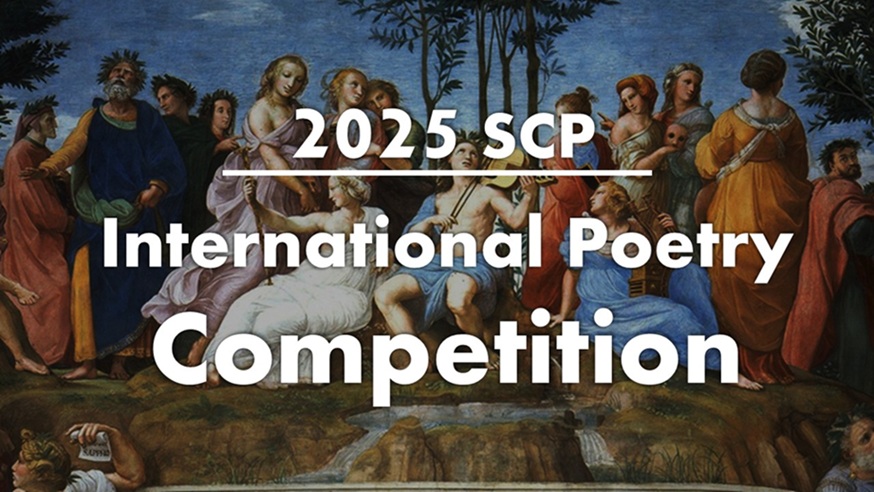

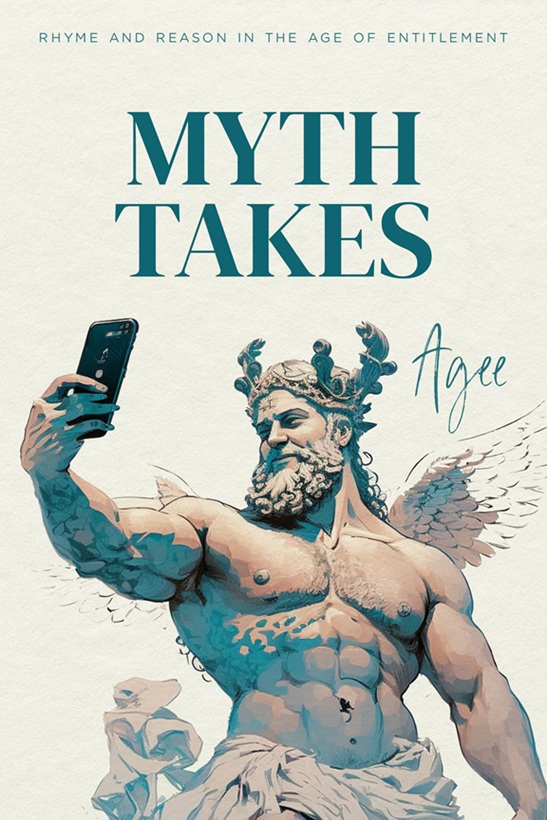
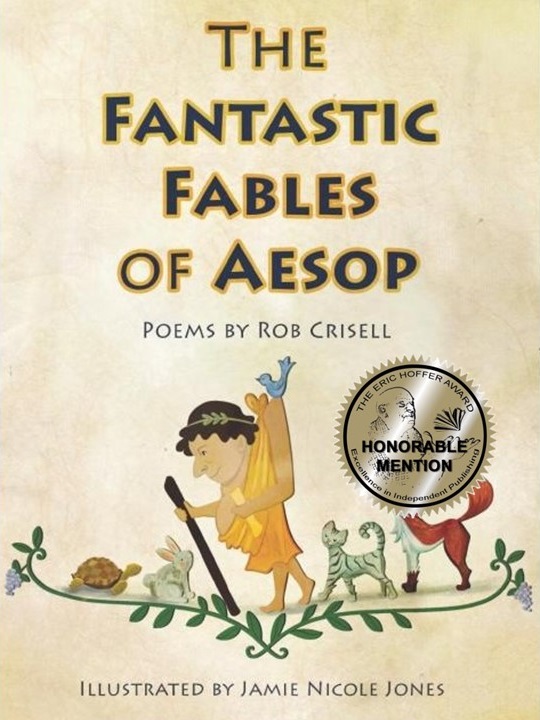


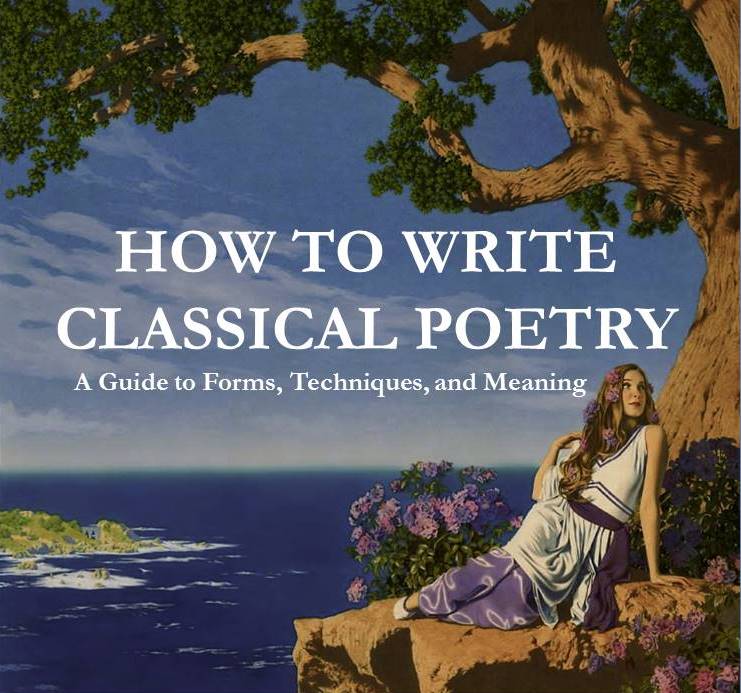




Your poem makes me feel you might
reside in New England. Enjoyed reading it.
You’re right – I live in Connecticut, and springtime here is crazy! One day it’s 70, then it’s 35 and snowing! The opening line came to me as I sat outside on one of the balmier days, and then I was seized by the concept. I’m glad you enjoyed reading it.
“First you say you will, and then you won’t …”
This poem reads with a lot of warm spring in it, having a real fling with rhyme and meter. Crazy rhyme scheme, a couple of imperfect rhymes, enjambment stretching, and a tetrameter line that isn’t necessarily noticed in the trimeter poem because one foot is pyrrhic. Nice fit of form to content!
Thank you Margaret. I’m trying to improve my technical ability; to that end, I’m re-reading Writing Metrical Poetry by William Baer. I’ll next re-read my copy of A Poet’s Guide to Poetry by Mary Kinzie. If you (or anyone else) can recommend other reading, I welcome your suggestion(s).
I get it, Cheryl. I work outside every day, and sometimes the sun does not fulfill its promise, but soon I will wish the weather were more fickle — when July sends down its stifling heat. Where have you been all these years? I got my start in Iambs & Trochees too, but that was a long time ago.
Iambs & Trochees – ah, those were the days. In 2005 they published my poem “Metromania”. I began writing poetry in earnest back in 2000. I went to a literary club meeting one summer night, just something to do, and then I thought – hmm – I dabbled in poetry back in college. So I took a production approach to writing and had some modest publication success over the years. About 5 years ago, however, I switched from poetry to fiction. I’ve had 2 short stories anthologized, a novella published, and early this year finished a novel manuscript (7 years in the making) that I’m querying. I just got back into poetry in the past six months, having a pretty creative spurt. Funny how I keep coming back to my first love – poetry. I think it’s made me a better fiction writer too.
Your poem is a masterful mix of iambs and trochees. Some hidebound types – though none of the comments so far are suggestive of such – might object to this mingling. Yet an examination of Milton’s “L’Allegro” and “Il Penseroso” reveals a well-crafted admixture of both meters, as does Sarah Josepha Hale’s “Mary Had a Little Lamb,” now ascribed to that ancient and eminent poet Mother Goose.